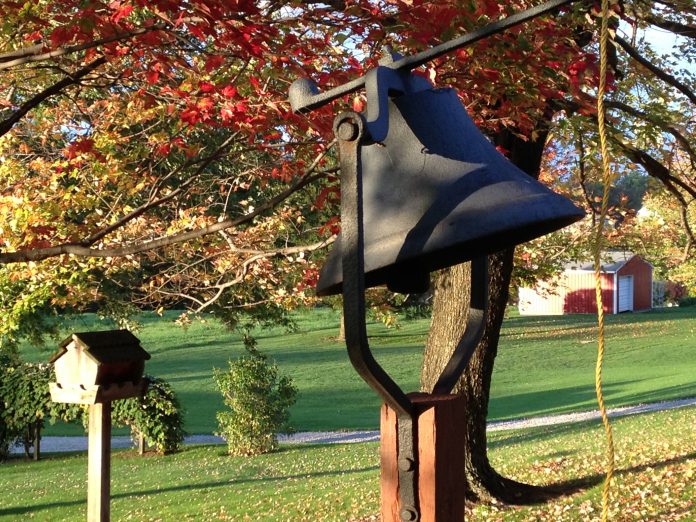October brings shorter days, chilly morning temperatures, and splashes of color to forested landscapes. It’s time for the annual autumn extravaganza we call “fall colors.” I’m planning a visit to the Great Smoky Mountains National Park, and I expect the views to be spectacular.
Everyone enjoys fall’s colors, but few appreciate the biology that sets the stage.
In September, sumac thickets, heavy with clusters of dark, red berries, turn flaming orange. A few weeks later, browns and yellows mottle raspberry leaves, and Virginia creeper leaves turn blood red.
As September yields to October, red maples, sassafras, and flowering dogwood join the scarlet brigade. By the end of October, elms, apples, oaks and hickories add their earthy brown and golden tones to the autumnal landscape.
Did you ever wonder…
Sooner or later, however, some simple questions occur to curious naturalists. Why do leaves change colors before they fall? Why red, orange, and yellow? Why do trees lose their leaves? And why does leaf fall occur when it does?
Chemical pigments in plant cells give leaves their color. During the growing season, leaves are green because chlorophyll, which reflects green light, is present in large quantities. Other pigments also are present, but in smaller amounts. Chlorophyll masks their effects.
No life without chlorophyll
Chlorophyll, however, is much more than a pigment. It is the chemical that drives all life on earth.
Every chlorophyll molecule in every leaf captures the sun’s solar energy and chemically converts it into sugar — the basic source of energy for all plants and animals. Without chlorophyll, life as we know it would not exist.
But chlorophyll persists only during the growing season. As days grow shorter in September and October, chlorophyll breaks down. It disappears, and previously hidden pigments show their true colors.
The fall colors we see in different trees reflect the relative proportions of yellow, red, orange, and brown pigments in their leaves.
‘Biological clocks.’
The timing of the fall extravaganza is set by photoperiod (day length) and fine-tuned by temperature. Virtually all animals and plants have internal “biological clocks.”
Any clock, however, is worthless unless it is set to a consistent standard. Photoperiod is the one absolutely reliable natural time piece that living systems can depend upon.
For each tree species, there is some critical day length during which chlorophyll breakdown begins and other pigments reveal themselves.
The clock can also be affected by temperature, elevation, and latitude. An early frost can cause leaves to change colors overnight. Trees on cool mountaintops turn earlier than trees at the base of a mountain.
Even trees on cooler, north-facing slopes turn before those on milder, south-facing slopes of the same mountains and ridges. And New England forests usually brighten before those at more southern latitudes.
Beauty is fleeting
After a few showy days, leaves begin to fall to the ground.
Hormonal changes, also in response to changing photoperiod, cause a cork-like layer of cells to grow at the base of the leaf stalk. In a few days, the connection from the leaf stalk to the stem weakens, and wind and rain break the leaf free from its base.
The leaf scar left behind on the stem protects the tree from disease and water loss during the winter.
But why do leaves fall?
That leads us to why leaves fall in the first place. The simple answer is to conserve water.
Trees lose a tremendous amount of water each day through thousands of tiny pores on the surfaces of their leaves. In winter, when water is locked up as ice and snow, drought-like conditions prevail.
By dropping their leaves, deciduous trees protect themselves from the winter “drought.”
Furthermore, if leaves did not fall, the daily freezing and thawing of the water within would destroy the leaf tissue. This is why deciduous trees shed their leaves each fall and grow a new crop in the spring.
This may be more than some want to know about fall colors. Or perhaps it’s just enough to make nature’s annual autumn art show all the more enjoyable.












